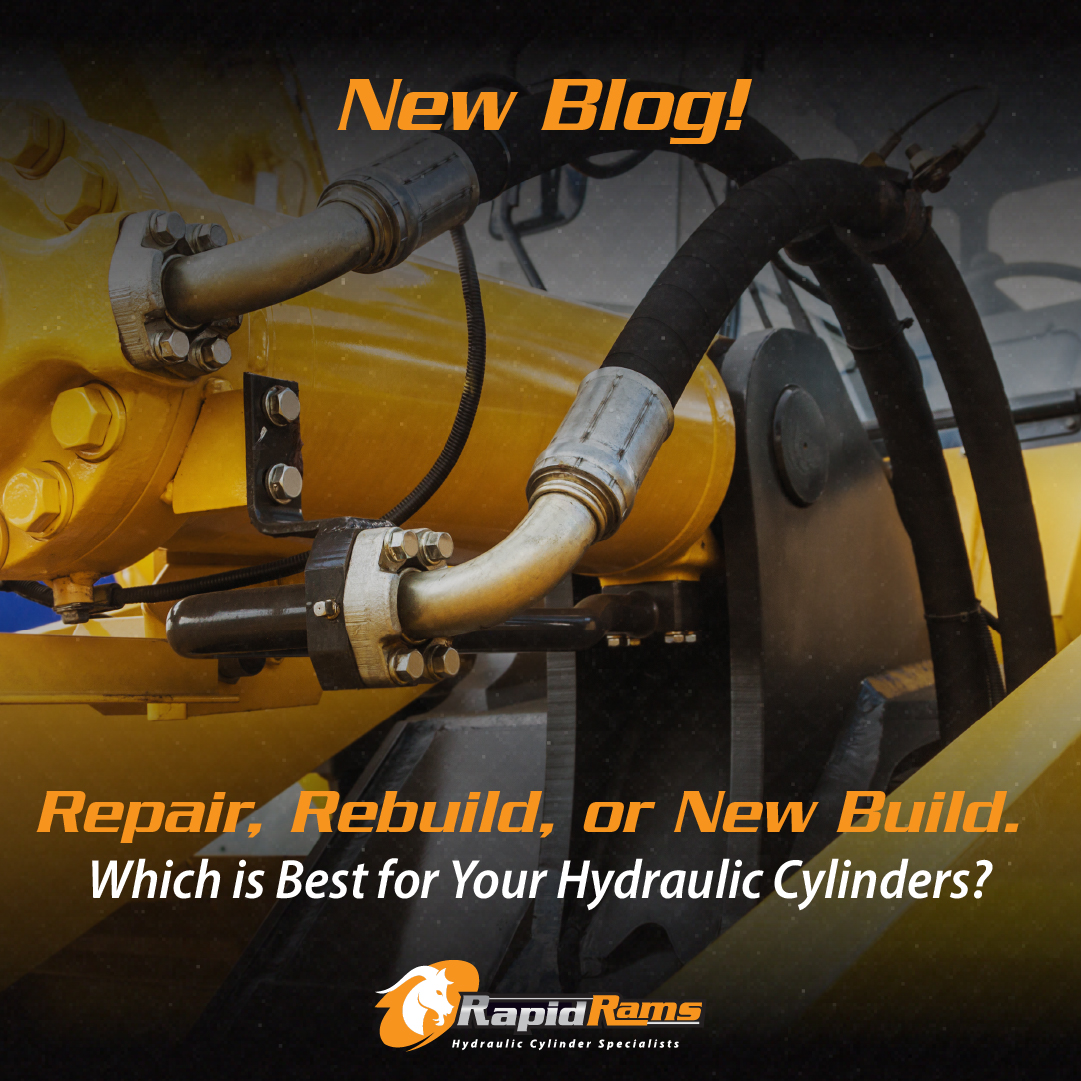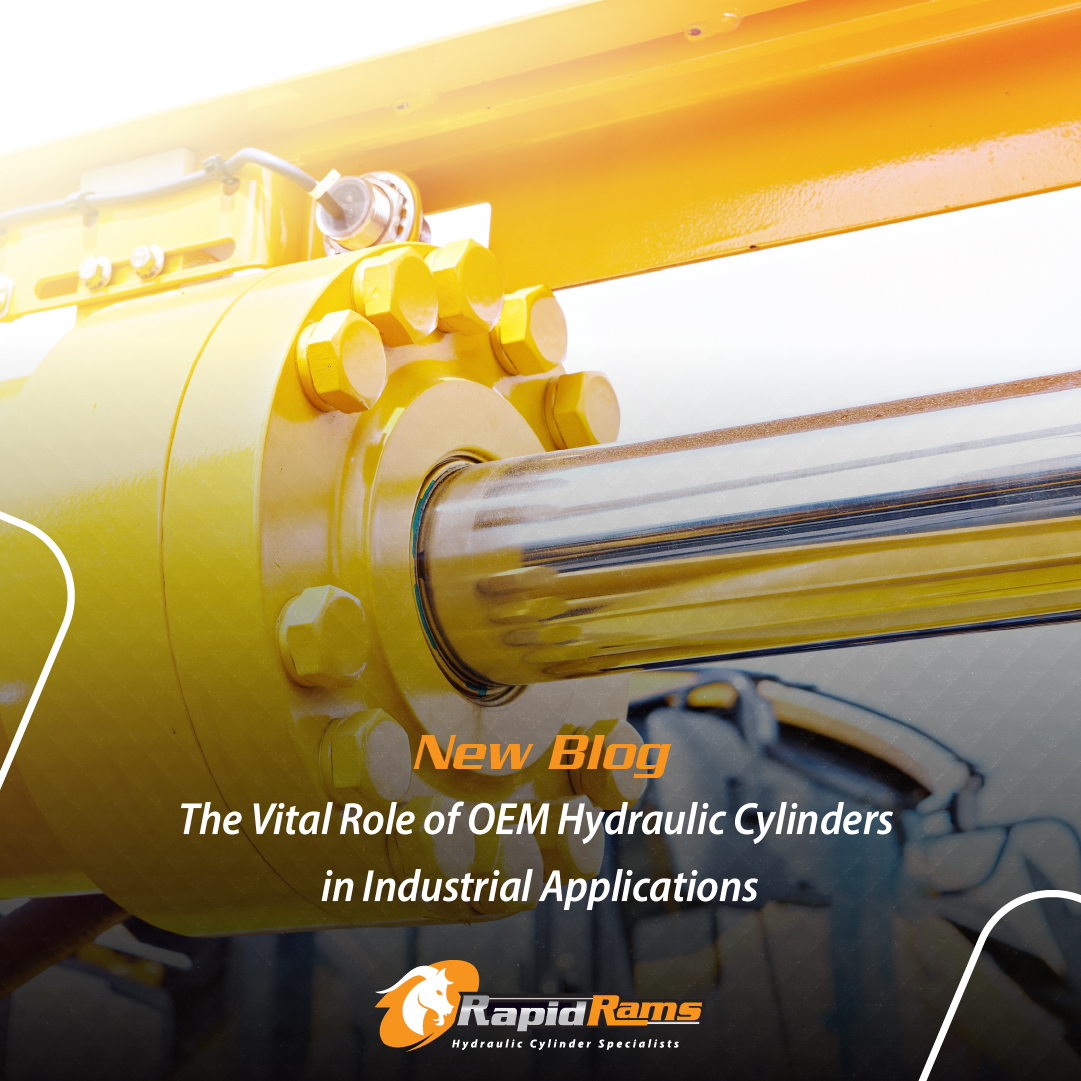Dive Into the World of Excavator Final Drives Parts with Rapid Rams!
Welcome to the heart-pounding world of excavator final drives, where power meets precision, and performance is paramount! At Rapid Rams, we’re passionate about everything hydraulic, and today, we’re diving headfirst into the intricate world of excavator final drive parts.
Buckle up and get ready to learn what makes these components so vital, why they’re essential for your excavator’s performance, and why Rapid Rams is your go-to source for all your final drive needs!
Key Final Drive Parts and Their Importance:
Hydraulic Drive Motor: The hydraulic drive motor is the heart of the final drive assembly. It transforms hydraulic energy from the pump into mechanical energy, providing the force needed to move the tracks. Without a robust hydraulic drive motor, your excavator’s performance would be severely compromised.
Final Drive Gearbox: The final drive gearbox is responsible for reducing the high-speed rotation from the hydraulic drive motor to a lower speed while increasing the torque. This ensures your excavator can handle heavy loads and tough terrains with ease.
Excavator Track Motor: Also known as the travel motor, the excavator track motor works in conjunction with the final drive gearbox to propel the tracks. It’s crucial for smooth and controlled movement, especially in challenging environments.
Final Drive Assembly (Final Drive Assy): The final drive assembly includes all the components that make up the final drive. This comprehensive unit ensures that every part works together seamlessly, delivering optimal performance and reliability.
Final Drive Components: From seals and bearings to gears and shafts, each component within the final drive assembly is vital. These parts must be in top condition to prevent breakdowns and ensure efficient operation.
Ready to Power Up Your Excavator?
Don’t let a faulty final drive slow you down. Trust Rapid Rams for all your final drive parts and repairs. Contact us today and let us help you keep your construction equipment in top shape!
Stay tuned for more exciting insights into the world of hydraulics and construction equipment. Let’s power up together!



